Eras of Diamonds | Rare Carat
Evolution. Progression. Improvement. No, this isn’t the keynote for the new iPhone (should I submit it to Tim Cook just in case?), but it is something that is necessary to understand the development and appreciation of diamond shapes. Just like bell bottoms and flapper dresses, every style has its hay-day, and ebbs and flows in and out of appreciation over time. While shopping for diamond rings, surely you’ve stumbled upon stories of people searching for the perfect vintage ring that is back in swing in the 2000s now, but really, what was popular and when? And what styles fell out of consumers' good graces but sprang back to life to become the coveted vintage cuts everyone seeks nowadays? Let’s find out!
Renaissance Era - 14th-17th Century
*You’ll find that pieces from this time period were often made to be seen from both sides, with elaborate embellishments made from enamel on the back. Cameo’s and large, solo jewel pendants were also very important and special to them, sometimes so much so that the pieces of jewelry were destroyed when the wearer died. *
Pear
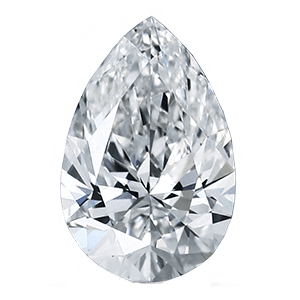
There are quite a few diamond shapes that were created during this period. In the 15th century the pear cut was created by Lodewyk Van Berken (say that one three times fast), a Flemish diamond polisher who invented the diamond scaife (grinding wheel). This allowed a huge advancement in diamond cutting and would change the world as gem cutters knew it. It opened the door to complex shapes and designs to be created. But back to it- the pear or teardrop shape was much unlike other cuts at the time, a faceted mix between an oval and marquise shape, it became very popular in pendants and drop earrings at the time.
Recently the pear has come back into style, many brides-to-be can be found sporting this as the main stunner in their engagement rings. It’s different enough to be eclectic, but not enough to be an obvious over the top shape.
Rose Cut

The rose cut was invented in the 16th century and this one is kind of an oddball, but we love it. The rose consists of a flat base and a rounded dome covered in triangle facets, with no flat table that is common amongst gem diamond cuts. It’s almost an anti-diamond. It’s the rebel of the group, and may not offer the brilliance and scintillation that a brilliant would due to its facet arrangement, but instead creates a transparent, soft glow that is awe-inspiring. Its low profile is great for a bezel setting. This is also a style that has won the hearts of buyers recently. Its interesting and subtle shine is reminiscent of the days when it was created, a simple yet impressive style.
The Heart Cut

Fun fact! One of the earliest shapes for diamonds was the heart! It was created shortly after the table cut, and a tremendous amount of effort had to be made to create this shape. Even for experienced jewelers with technology we have now it can be a feat to fashion a diamond this way. The shape appealed to the wealthy, and royals. Mary, Queen of Scots once gifted Queen Elizabeth I a heart ring in 1562. She had good taste!
Georgian Era - 1714-1837
*You’ll find that Georgian jewelry is incredibly labor intensive handcrafted pieces. Often they had gemstones set into closed back settings with a foil backing to help produce sparkle to otherwise slightly dull stones. There were very ornate metalwork designs as well, they put all their effort into creating incredible pieces, and it shows. *
Marquise diamond
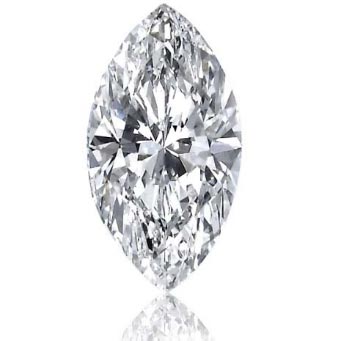
You can probably recognize a marquise diamond as the stone that every woman married between 1960-1980 had in their ring. We all know someone who had one. However, the story behind this cut will definitely make the otherwise outdated seeming style all the more feisty and a little NSFW.
King Louis XV is to thank for this pointy oval diamond cut. The story goes: he wasn’t the most keep-to-himself kind of guy. And one night at a ball, he set his eyes on the most beautiful woman he’d ever met. Her name was Madame de Pompadour, and she had amazing lips. She soon became his headmistress and he was enthralled by her beauty. So much so, he commissioned a diamond cutter to recreate the shape of those said luscious lips to be memorialized in blingy diamond history forever. And that’s how we got the Marquise shaped diamond. Not so boring now, huh?
The Victorian Era 1837-1901
*The Victorian times were a romantic era, and they appreciated things bestowed with meaning. Diamonds symbolized love and prosperity, and rubies for passion and devotion. Yellow gold was most common, along with emeralds in the mix. Oddly enough, you’ll find snakes embodied in pieces from this time- they symbolize love and were used heavily throughout this period. *
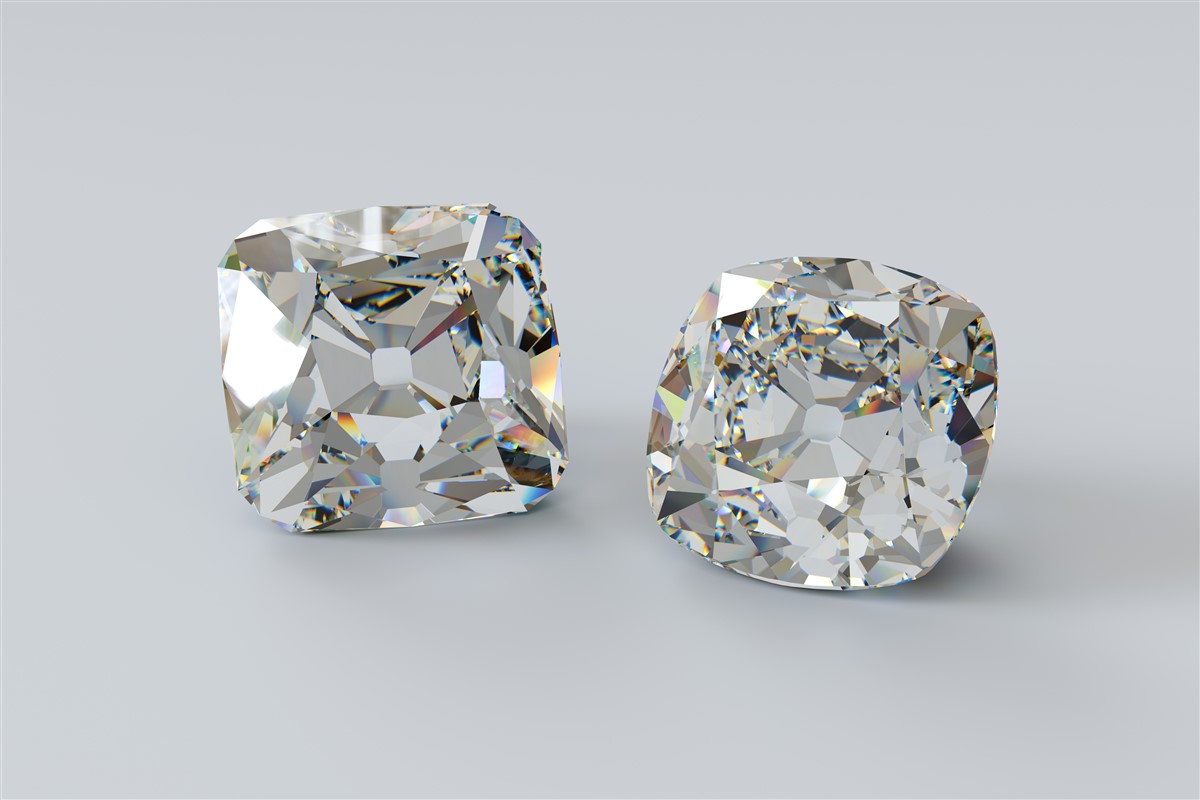
And in the beginning there was the Old Mine cut. While this wasn’t the first cut to ever be created for diamonds (there were quite a few that offered inspiration to it) it was one of the first that really helped the diamond shine. Created in the late 1800’s and named after the diamonds that came out of the “old mines” of Brazil and India (before the newer mines of Africa became all the rage) it boasted a small table, high crown and 58 chunky, handcrafted facets. The outline shape of this was kept square, due to the gem cutters using the diamond's natural shape to their advantage. There was not a lot of technology available, so jewelers had to measure and plan facets by eye- meaning a true Old Mine Cut diamond is not perfect, and sometimes slightly misshapen. But that is just one of the characteristics that make this cut so charming - knowing this was all done by hand and years of practice, also meaning no two are exactly the same. One of a kind vintage find- nothing better than that!
Art Nouveau 1890-1910
Here we took a break from the ornate decorative styles and became more exotic- featuring elaborate swirling designs, muted colors, and using mediums of molded glass and enamel. Gemstones like moonstone, bright peridot, amethyst, citrine and opal were also common.
Asscher
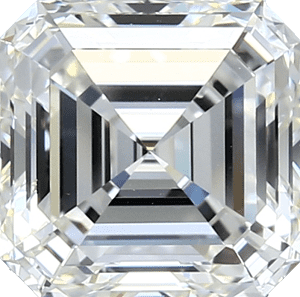
One of the most complex cuts of the time, created by Joseph Asscher in 1902, it featured a square shape with slightly bowed edges, and a whopping 74 facets. The most famous of this cut was worn by Elizabeth Taylor who received it as a gift. It was a gargantuan 33.19 carat pendant, and eventually was resold at Christie’s Auction House for $8.8 million dollars. Popularity for this cut peaked in the 1920’s before falling out of style for almost a decade, and is now making a comeback, due to its step cut design that offers a refreshing shape and style to the common round brilliants available today.
Art Deco 1920-1930
Even still today these era’s have had a lasting impact on jewelry design today. The styles took a break from the intricate, decorative designs, and transitioned into strong geometric patterns, contrasting colors, and rejection of soft, curvy designs. It took the world by storm, and you can see this reflect in the diamond styles as well. Strong colored gemstones like pitch-black onyx, vivid ruby and emerald, and lapis all worked together to create pieces of jewelry that rival today’s styles
Emerald

The emerald is the poster child for Art Deco styles. Its strong, long chiseled facets paired with a strong rectangular outline create a strong impressive diamond shape. The wide, open table allows a clear look into the diamond, and while it doesn’t offer the same fire and scintillation a brilliant may have, it’s hall of mirrors effect created by the step facets is something to be rivaled.
Round Brilliant
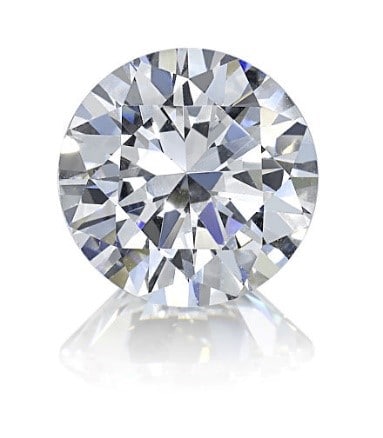
Of course, our pride and joy, the round brilliant. Created in 1919 by Marcel Tolkowsky a Belgian mathematician who was able to use his genius mind to solve nature's riddle of unlocking the full potential of the diamond by strategically placing facets to create the most light refraction. Since its creation, the round brilliant really hasn’t failed at being in the spotlight, it's a classic and safe choice for rings because it’s timeless. It may not be as edgy as some, but it's a winner no matter what era you’re looking at.
And the Baguette
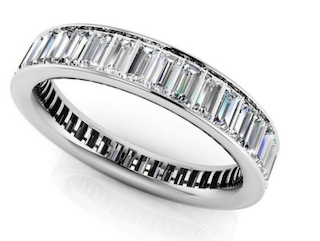
This elongated rectangle shape was probably created prior to the 1500’s because researchers have found the diamond cut referenced in paintings of the wealthy from that time. In 1912 Cartier reintroduced it into the modern world, and it exploded into the side accent stones you’d see in many rings in the 1900’s. It may not usually be the star of the show, but it adds great character to help accentuate center stones of all shapes.
Retro Era 1939-1950
And finally, the retro era. These pieces were full of inspiration from the past and the present (at the time)- striking, geometric, modern, romantic, it covered all the bases. You can find massive emeralds, amethysts and citrines set in common rose and yellow gold oversized settings.
Oval
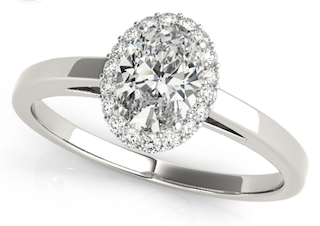
There’s some literature that points to the oval being created before the 1960’s, but that's really when the style took off. Creation credited to a Russian diamond cutter named Lazare Kaplan, he modified a brilliant into an elongated oval, combining the shimmer of the classic cut to a new shape. While it’s never been over the top popular like some cut styles, the oval is nice when you don’t want to go too far out of your comfort zone of a round brilliant, but want something just a little different. It held up its popularity pretty well over the years.
Princess
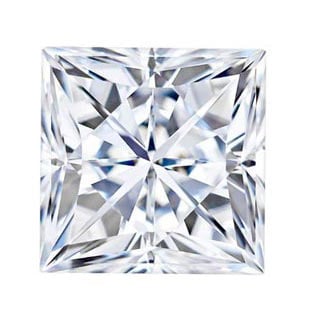
Last but definitely not least, we have the princess cut. The story is a little murky as to who really created it and when, but credit is usually attributed to a man by the name of Basil Watermeyer, who patented a cut named after he and his wife Marion- the Barion cut. It was similar to the princess, but it was years later that this style was created and turned into the princess we know and love today. A sharp edged square shape with a distinct chevron shaped facet structure, the princess cut diamond is impeccably elegant and has also outlasted many other diamond styles in the run to popularity- coming in at number two after the round brilliant.

